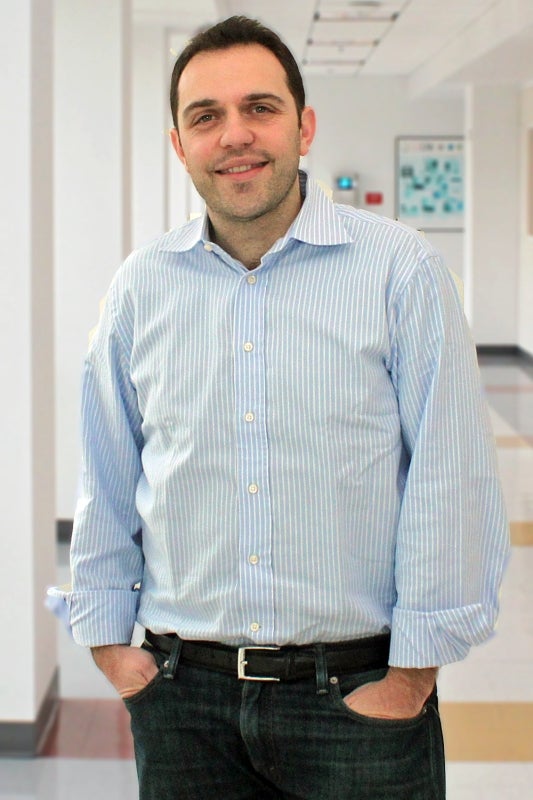The biomechanical component of the interaction between cells and their local microenvironment has emerged as a crucial regulator of cellular function (e.g. proliferation, migration, gene expression) and system-level behavior (e.g. tissue morphogenesis, metastasis, angiogenesis). However, current technologies, such as atomic force microscopy and microrheology, require physical contact between a sample and a probe or are limited to the analysis of few points randomly distributed within a sample. In the past two decades we have pioneered Brillouin microscopy which uses Brillouin scattering, i.e. the interaction of light with material acoustic phonons; we have demonstrated noncontact, label-free and 3D mapping of intracellular and extracellular mechanical properties in experimental settings (e.g. 3D, microfluidics, confinement) that were previously not accessible. As a result, we have demonstrated the importance of mechanical modulations of nucleus and cytoskeleton for tumor progression and embryonic development.

Giuliano Scarcelli is an associate professor at the University of Maryland in the Bioengineering department and the Biophysics program. Giuliano obtained his PhD in quantum optics with a EU funded graduate fellowship between the University of Bari, Italy and UMBC, USA. Giuliano then was at the Wellman Center for Photomedicine of Harvard Medical School for eight years, first as a postdoc in Prof. Yun's Lab, then as an instructor and assistant professor. He joined University of Maryland in 2015. Giuliano has been the recipient of several awards such as the “Exceptional by example” award for outstanding PhD studies, the Tosteson Postdoctoral Fellowship at Harvard, the Human Frontier Science Program Young Investigator Award, the NIH Quantitative Career Award, the NSF CAREER award and “Teaching excellence” awards from both Harvard University and University of Maryland.


